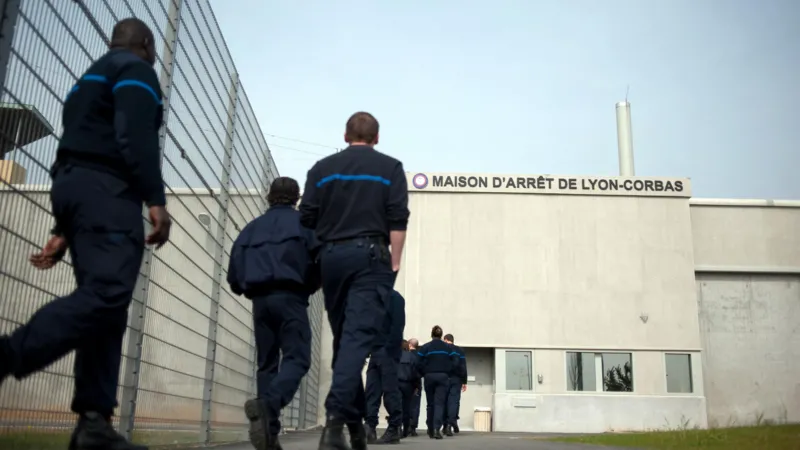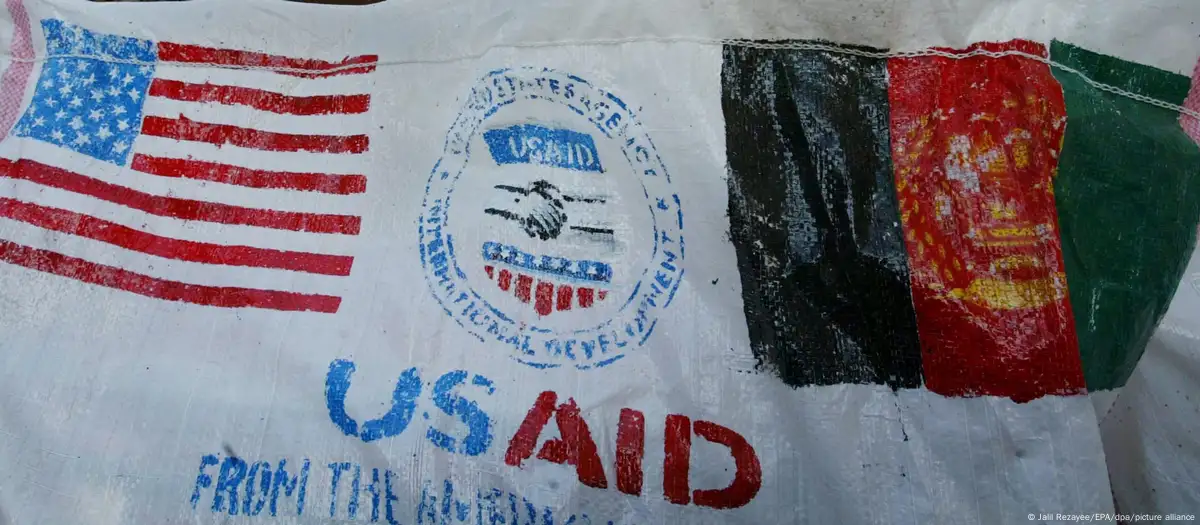Balloon saga deflates efforts to mend US-China relations
As the balloon crashed into the sea so did attempts to mend China-US relations.

You can track the trajectory of China's response to its balloon just as the Pentagon was tracking the trajectory of a high-altitude piece of equipment destined to be blown out of the sky.
We're investigating; we regret that it is our weather balloon blown off course; we think US politicians and media are hyping this up; everyone stay calm; the US attack on this airship is a serious violation of international practice.
With Anthony Blinken - the US's top diplomat - scheduled to visit China this week, Beijing had initially tried to reassure Washington this had all been an accident.
But once it became clear that the secretary of state wasn't coming, and that the balloon was not coming back either, the gloves were off.
It is a long way from where the Chinese government wanted things to be at this moment.
The US Secretary of State was supposed to be here building bridges or at least trying to stop those that still exist from being destroyed.
Make no mistake. Chinese President Xi Jinping had great hopes for this visit and was, reportedly, even going to meet Mr Blinken himself.
So what balloon-gathered intelligence could be so good that it was worth scuppering this process?
The short answer is none. Which is why many analysts think that, even if it was to some extent spying, the deployment of this balloon, in this way, at this time, had to have been an error on the Chinese side.
And, if that is the case, somebody is getting hauled over the coals for it, especially given that there are now two of these high-altitude balloons in play, with another floating above Latin America. There has been no word whether it too is supposed to have been blown wildly off course, given its "limited self-steering capability".
Internationally, many seem to imagine that China's Communist Party is an all-knowing, locked in, organ of power - something along the lines of a giant, efficient, supercomputer with Xi Jinping toggling the controls.
It is a massive, sprawling organisation, that is certain. However, it is also made up of departments and power blocks competing for influence, at times hoarding information and even deliberately not foreshadowing their actions lest a rival gain some unwanted advantage.
When a clearly visible, equipment-carrying balloon started floating close to US nuclear missile siloes, the assumption from some had been not only that it was spying but that it must have been sent as a message to the Biden administration.
But when you consider the damage it has done in terms of derailing a visit that the Chinese government, right up to the very top, wanted to happen, it is hard to see how this analysis stacks up.
We know that the Blinken trip was important here because we saw how Beijing tried to save it using quite conciliatory language.
"The Chinese side regrets the unintended entry of the airship into US airspace due to force majeure," a foreign ministry spokesperson was quoted as saying.
The extent to which it was deployed to study the weather or spy doesn't really matter in terms of understanding how crushing this incident has been for those on both sides who have been looking for ways to ease US-China tensions.
An enormous breakthrough was not expected from Mr Blinken's meetings in Beijing. The meetings themselves were to be the breakthrough.
They would have spoken about moves towards a set of "guard rails", means of communication and lines not to cross in an attempt to prevent a drift towards armed conflict.
President Xi also wanted it because he's looking for some big signs back at home that his administration knows what it is doing when it comes to steering China into the future.
Graphic of high altitude balloon, showing helium filled balloon, solar panels and instruments bay which can include cameras, radar and communications equipment. They can fly at heights of 80,000ft-120,000ft, higher than fighter jets and commercial aircraft
A sudden and embarrassing retreat from the zero-Covid approach came just months after China's leader had declared at the Party Congress that there would be no swerving from it.
Then the speed of the about-face led to overcrowded hospital emergency rooms, medicine shortages and an unknown Covid death toll.
The government now needs to put all this behind it and encourage an image of a China which is turning around economically and opening up again.
A high-level US visit would have been quite useful in this regard.
Examine the protestations from the major superpowers this week.
Washington has said this was a "clear violation of US sovereignty" but we all know that it has plenty of its own very sophisticated means of spying on China.
Beijing has condemned this US "attack on a civilian unmanned airship" but we all know that if a US surveillance balloon flew into Chinese airspace the People's Liberation Army would have it down in no time.
In a way, this means that the outrage from both sides contains a fair bit of theatre.
The upside is that, now the balloon is no more, they will be able to move on from it and reschedule a Beijing visit by Mr Blinken at a time when people are asking each other, "hey do you remember that whole balloon thing?".
-bbc







